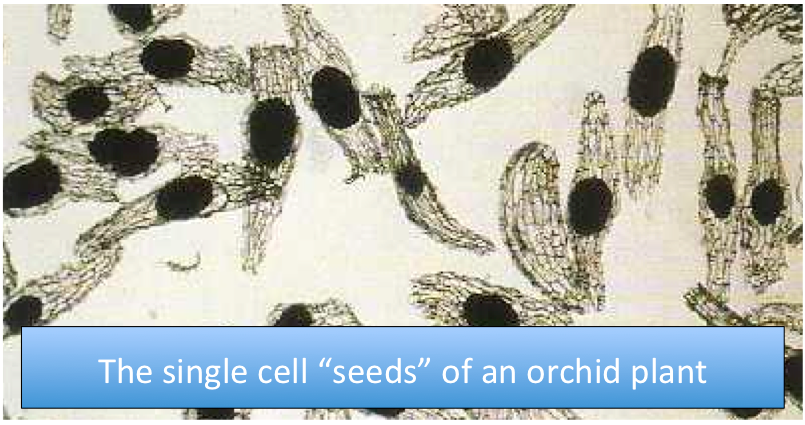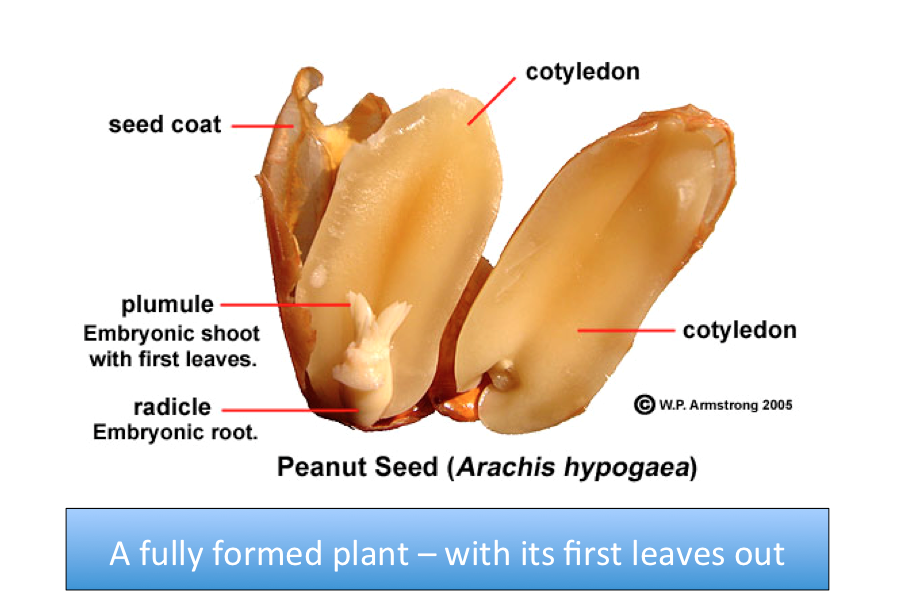Seedy Activities - The inside scoop on Seeds
Seeds, the other white meat
Our modern diets are primarily composed of seeds and fruits - from wheat, corn, and other grains to pumpkins, beans, apples and coconuts - but we don't usually talk about what's happening inside the seed.

To a plant, a seed is the future. Many plants use seeds and fruits as their primary method of reproduction (other plants rely on vegetative propagation and self-cloning). Plants which produce seeds alone, without a fruit, are referred to as Gymnosperms or "naked seed" (pine trees, cycads, etc) however the plants humans universally prefer to eat tend to be in the flowering plant families, the Angiosperms.
Though we consume, pulverize, freeze, squeeze and store fruits and seeds, how often do we cut them open just to peer inside?

If we took seeds from the same plant at different stages of ripening (after fertilization, before fruit maturation), we would see the different parts of the plant developing. In this picture, the green parts will become the first leaves - the cotyledons; These serve as 'training wheel leaves' for the plant, with the 'true leaves' emerging soon after. Cotyledons themselves are highly conserved across broad taxonomic classifications. This can make different plant seedlings very hard to tell apart until the first true leaves emerge. This tissue metamorphosis may seem strange, but this 'training wheel' tissue for embryos occurs across many organisms including humans (human red blood cells in a fetus are very different than the red blood cells in an adult).
A Well Placed Pause
From these slices, we can see that seeds usually contain a baby plant in suspended animation. This baby plant is formed by sexual reproduction, a method also utilized by mammals, except in cases of apomixis. Precisely when a seed "pauses" is tricky because it changes in different species. Some species "pause" early in development and there isn't much resemblance to a plant yet; orchids are botanically famous for having a single cell "seed" which is light enough to float in the canopy and find a new place to grow. Whereas, like children who only leave the house at 25, other plants "pause" after several 'true leaves' are already formed, as we see in peanuts.


Which 'pause' strategy a plant utilizes for optimal baby-plant survival is a topic for another thread, but here we shall discuss what a seed is actively doing. Yup - Actively.
A seed doesn't look like it's doing anything until it germinates, but seed biologists and botanists trying to understand how a seed germinates uncovered a strange reality: though cellular processes are shut down and water is often scarce, 'dormant' seeds monitor their environment and actively repress germination.
It was long assumed that a seed behaved like a tourist, and it would only emerge when conditions were perfect - the right combination of light, heat, and moisture would prompt a seed to 'wake up' and grow. Now it seems that the seed is more like an ambush predator, waiting, lurking and plotting with constant genetic regulation until it pounces on the perfect conditions.
Though the entire story of how seeds monitor complex environmental cues and molecularly respond without wasting their reserves and with precious little water hasn't yet been discovered, there is a wonderful book on all the stages of seed development that is sure to please high school to graduate school level curiosity.